Preparing for Your Second Storey Addition: A Comprehensive Guide
Are you gearing up for an exciting second storey addition to your home? It’s a big project that promises a beautiful transformation of your living space. But before the construction can begin, there are some essential preparations you should make to ensure a smooth and stress-free process. In this blog post, we’ll walk you through the necessary steps to get your home ready for the upcoming second storey addition build.
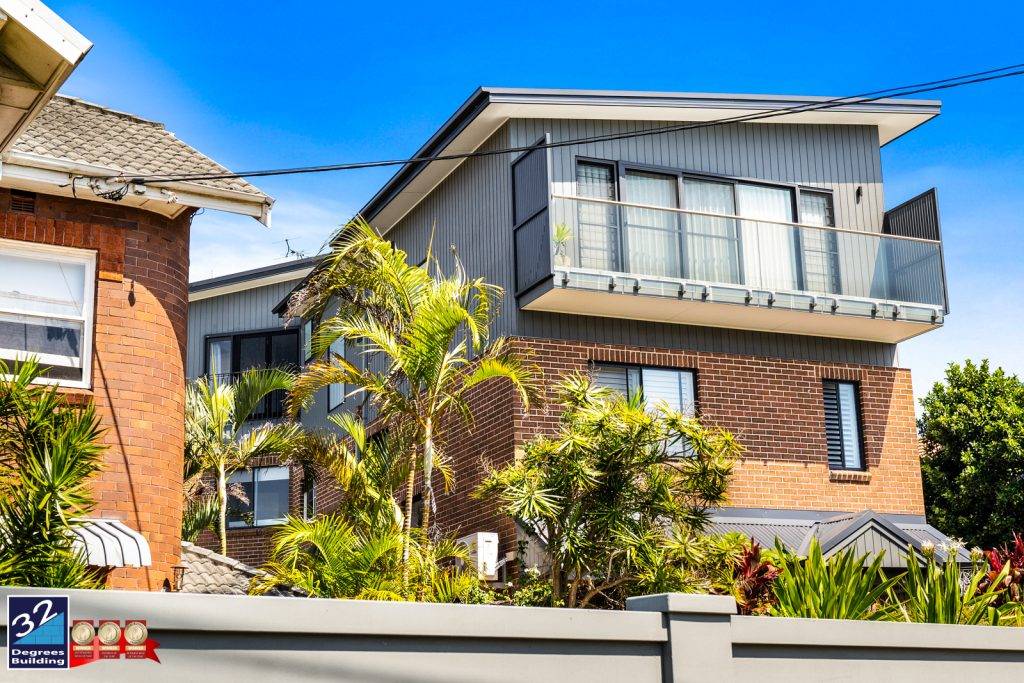
1. Clear the Ground Floor: Before the construction begins, it’s crucial to clear out your ground floor. Move any furniture, belongings, or clutter that might get in the way of the builders. Additionally, if there are any large or valuable items that you can’t relocate, cover them with tarps to protect them from dust and debris. This step is essential to provide the builders with a clean and unobstructed workspace.
2. Invest in an Air Purifier: Construction can be a dusty affair, even with the most diligent cleanup efforts. To help combat the dust generated during the second storey addition build, consider investing in an air purifier. This device will improve air quality in your home, making it more comfortable to live in during the construction process. It’s a small investment that can make a big difference in maintaining a healthy living environment. It is also to be prepared for the fact that post-construction you will still have dust settling.
3. Prepare Your Garden: If you have an outdoor garden or patio area, make sure to prepare it for the upcoming construction. Remove any garden items, such as hoses, outdoor furniture, and potted plants, and store them safely. This will ensure that your outdoor space remains free of damage and clutter during the build.
4. Scaffolding Considerations: Scaffolding will be erected around the perimeter of your home as part of the construction process. To facilitate this, it’s essential to clear the area around your house. Remove any external items, including tables, chairs, and any other outdoor equipment. This not only ensures a safe construction environment but also makes the work more efficient.
5. Protect Your Personal Items: While the builders will take every precaution to protect your home, it’s wise to safeguard your personal belongings. Remove and safely store items like televisions, artwork, and decorations. Additionally, take down any pictures or artwork hanging on your walls. These precautions will minimize the risk of damage to your cherished possessions.

Preparation is key when embarking on a second storey addition to your home. By following these essential steps, you’ll create a safe and efficient environment for the construction team, protect your belongings from dust and damage, and ensure a smoother building process. With the right preparations, your second storey addition will be a seamless and exciting home improvement project. At 32 Degrees Building, we’re dedicated to helping you transform your house into your dream home. Contact us today to discuss your project and make your vision a reality!
Elevate Your Second Storey Addition with the Perfect Windows
When planning a second storey addition to your home, windows are a crucial element to consider. Not only do they enhance the aesthetics of your space, but they also play a significant role in ensuring comfort, energy efficiency, and functionality. At 32 Degrees Building, we understand that choosing the right windows is vital for a successful project. That’s why we’ve partnered with Bradnams, a trusted leader in windows and doors, to offer an array of window options to elevate your second storey addition.
Let’s explore the different window styles available from Bradnams and how they can transform your space:
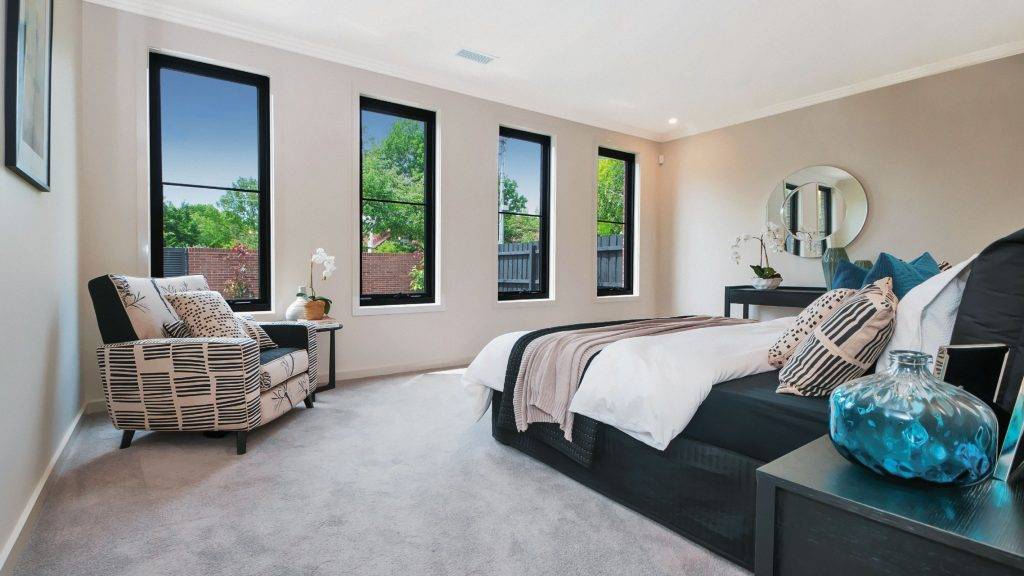
Source: Bradnams
Awning Windows: Awning windows are a practical choice for second storey additions. They open outward from the bottom, creating a canopy effect that allows fresh air to circulate while keeping rain out. These windows are ideal for bedrooms, bathrooms, or any area where privacy and ventilation are essential. Bradnams offers awning windows that are not only functional but also stylish, enhancing the overall appeal of your space.
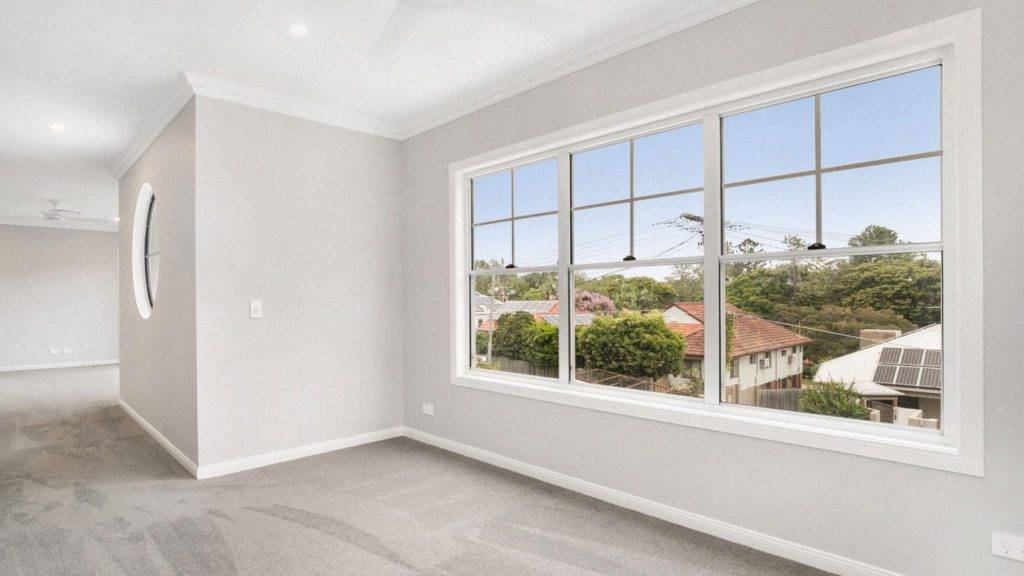
Source: Bradnams
Double-Hung Windows: Double-hung windows combine timeless elegance with versatility. They consist of two sashes that slide vertically within the frame, offering flexibility in controlling airflow and natural light. Bradnams’ double-hung windows are designed with modern features, ensuring smooth operation and energy efficiency. They are a perfect fit for a classic or contemporary second storey addition.
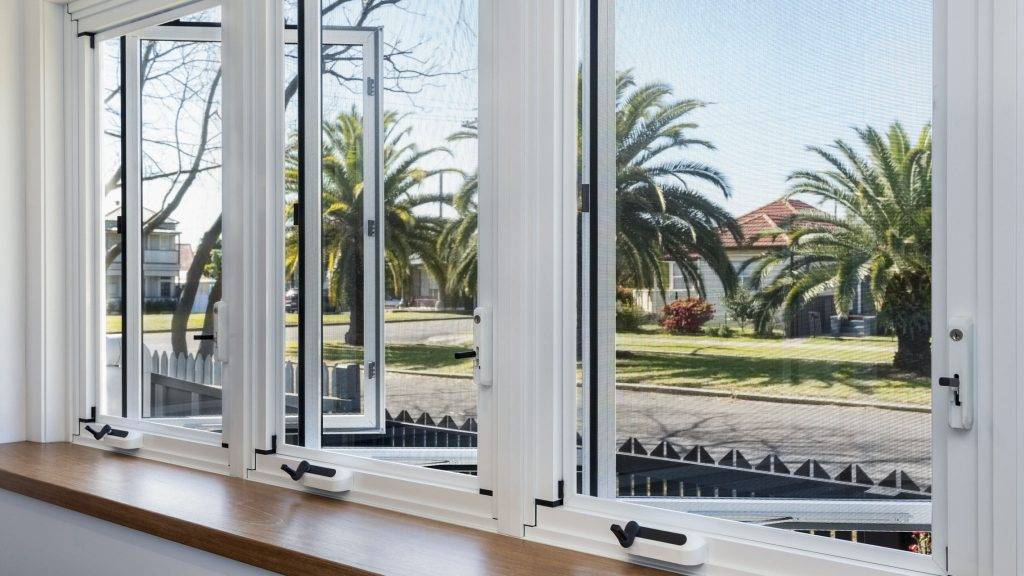
Source: Bradnams
Casement Windows: Casement windows are known for their unobstructed views and excellent ventilation. They are hinged on the side and open outward, allowing for maximum airflow. Bradnams’ casement windows are available in various sizes and configurations, making them suitable for different areas of your second storey addition.

Source: Bradnams
Louvre Windows: For those looking to add a touch of sophistication to their second storey space, louvre windows are an excellent choice. These windows consist of multiple horizontal blades that can be angled to control airflow and light. Bradnams offers sleek and modern louvre window designs that not only provide functionality but also enhance the aesthetic appeal of your home.
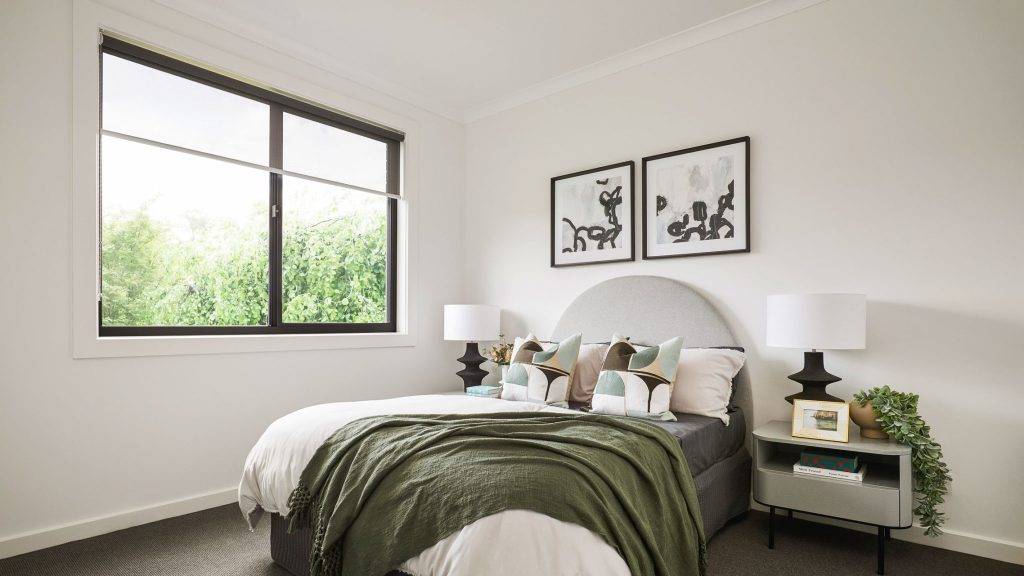
Source: Bradnams
Sliding Windows: Sliding windows are a classic option for second storey additions. They offer clean lines and unobstructed views, allowing ample natural light to flood your space. Bradnams’ sliding windows are designed with precision and offer smooth operation for years to come. They are an excellent choice for creating a bright and inviting atmosphere.

Source: Bradnams
Semi-Commercial Windows: If you’re looking to add a touch of sophistication to your second storey space, semi-commercial windows are an excellent choice. These windows combine style and functionality and are perfect for modern and sleek designs. Bradnams offers a range of semi-commercial windows that are energy-efficient and durable, ensuring your second storey addition stands the test of time.
Choosing the right windows for your second storey addition is a crucial decision, as it can significantly impact the overall look and feel of your space. With Bradnams’ high-quality windows and 32 Degrees Building’s expertise in second storey additions, you can create a harmonious and functional living space that complements your lifestyle.
Contact us today to discuss your second storey addition project, and let us help you select the perfect windows to enhance your home’s beauty and functionality.
Building Your Dream Home: Plans First or Builder First?
When embarking on a Second Storey Addition, Ground Floor Extension or Large Scale Renovation project, one of the critical decisions you’ll face is whether to start with architectural plans or consult a builder first. It’s a topic that often divides opinions, with some advocating for plans first and others for the builder-first approach. At 32 Degrees Building, we believe that choosing the builder-first approach can save you time, money, and unnecessary headaches down the road. In this blog, we’ll explore why it might be in your best interest to consult a builder before diving into architectural plans.
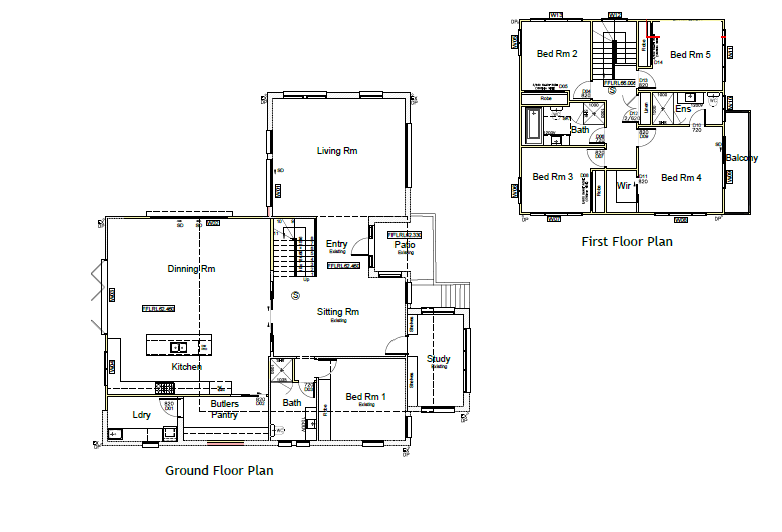
1. The Budget-Conscious Approach: One of the initial concerns when starting any construction project is budgeting. Will your dream design align with your financial resources? Architects are experts at creating beautiful designs, but they might not fully understand your budget constraints. By approaching a builder first, you can get an accurate quotation upfront, allowing you to make informed decisions about your project’s scope and financial feasibility.
2. Realistic Cost Assessment: Builders are well-versed in construction costs, market trends, and material expenses. When you consult a builder first, you tap into their expertise. They can provide valuable insights into cost-effective design choices and suggest alternatives that can save you money without sacrificing your vision.
3. Holistic Project Management: Opting for a builder-first approach means you’re not just receiving a quote. You’re partnering with professionals who can handle the preliminary aspects of your project, including architectural plans, engineering, and approval processes. This holistic approach saves you time, money, and the stress of coordinating various services independently.
4. Avoiding Costly Redesigns: Imagine spending a significant sum on independent architectural plans, only to discover that they don’t fit your budget or your vision needs adjustments. The cost of revisions or a complete redesign can be substantial. When you consult a builder first, they will work with you on your plans early on and provide valuable feedback, helping you avoid expensive changes later in the process.
5. Standard Preliminaries Simplified: At 32 Degrees Building, we offer a comprehensive preliminary service that covers all essential aspects of your project, such as architectural plans, surveys, BASIX compliance, environmental assessments, waste management planning, external colour scheduling, structural adequacy certificates, engineering plans, stormwater plans, Sydney Water Tap-In Approval, and assistance with the application process to Council or Certifier. Our bundled service not only streamlines the process but also offers cost savings compared to sourcing these services independently.
6. Cost Efficiency: Contrary to popular belief, obtaining preliminary services independently may not save you money. Our integrated package is designed to be more cost-effective while ensuring that all necessary aspects are handled efficiently.
Conclusion: In the pursuit of your dream home, the choice between plans first or builder first can significantly impact your project’s success. At 32 Degrees Building, we advocate for the builder-first approach, which provides you with a realistic cost assessment, holistic project management, and valuable insights to align your vision with your budget. Our comprehensive preliminary service simplifies the process and offers cost-efficiency.
To learn more about how our builder-first approach can benefit your second-storey addition, ground floor extension, or large-scale renovation, please contact us. We’re here to help you turn your dream home into a reality while keeping your project on track and within budget.
32 Degrees Building are participating in The Push-Up Challenge
32 Degrees Building are participating in The Push Up Challenge in June to support and improve Mental Health across Australia.
Our team will be completing 3,144 push-ups across each of our projects over 23 days, putting a spotlight on the number of lives lost to suicide in 2021.
Not only are we supporting the health of our team and raising mental health awareness in the construction industry, we are contributing towards interventions and preventions for depression, anxiety and suicide. As a company we have set out to achieve a goal of raising $2,000. You can view our donation and team page here to keep track of the push-ups completed! https://www.thepushupchallenge.com.au/fundraisers/leanmeanpushingmachines
If you see the team trying to bust out their push-ups for the day, please shout out and support our team with words of encouragement!
NEW PRODUCT: Weathertex Weathergroove Fusion
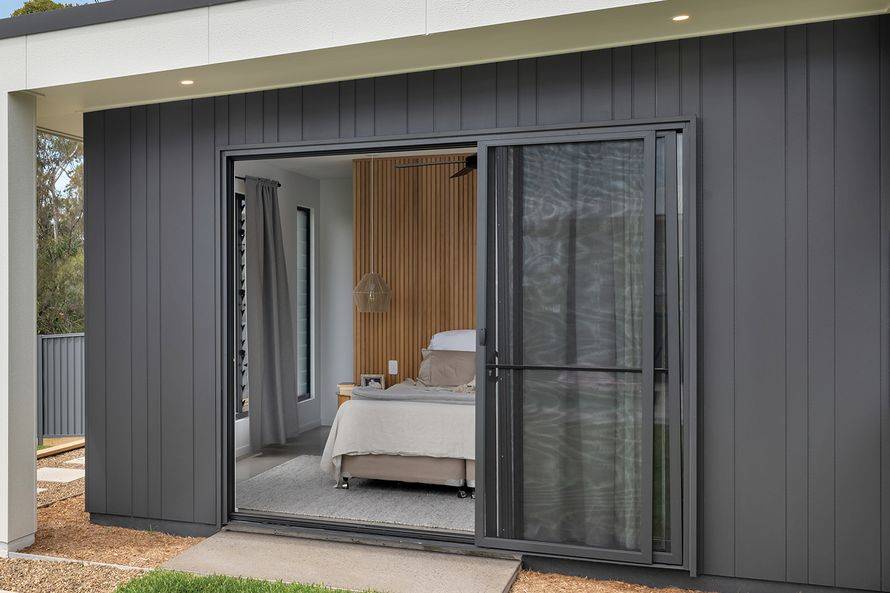
Weathergroove Fusion is a brand new, exclusively designed architectural panel that is perfect for external and internal applications. It combines the grooves from popular Weathertex profiles to create a unique style that is trendy and stylish.
Available in two finishes, Natural and Smooth, this architectural panel retains every measure of durability and safety that Weathertex is known for. This makes it the perfect solution for those looking to add a second storey to their homes.
If you are looking for a stylish and trendy solution for the cladding of your second storey addition, then look no further than Weathergroove Fusion.
Talk to our team to see how you can incorporate this into your build.
New NCC Changes – effective from 1st May 2023
Changes are coming to the National Construction Code (NCC). Starting May 1, 2023, there will be a broad range of updates to the NCC that will impact the design and construction of Second Storey Additions, Ground Floor Extension and Large Scale Renovations.
These changes are essential for ensuring that Second Storey Additions, Ground Floor Extension and Large Scale Renovations are built to the highest standards of safety, livability, and efficiency.
So, what do you need to know about the NCC changes?
The changes are being implemented in two stages, with the first stage beginning on May 1, 2023. The second stage will begin on October 1, 2023, and will include further reforms relating to livable housing, energy efficiency, and condensation management.
Some of the key changes in stage one that affect Second Storey Additions, Ground Floor Extension and Large Scale Renovations include updates to the following:
- Internal and external waterproofing
- Falls to floor wastes
- Cladding and gutters and downpipes
- Corrosion protection for steel framing
- Sanitary plumbing and drainage
- Timber framing, bracing and connections of balconies to external walls
NCC 2022 will apply to Second Storey Additions, Ground Floor Extension and Large Scale Renovations where construction approval applications are submitted from May 1, 2023, though how this applies can vary from state to state.
Builders you can trust
At 32 Degrees Building, we take great pride in our ability to deliver exceptional building solutions to our clients. We specialise in Second Storey Additions, Ground Floor Extensions, and Large Scale Renovations, and we are here to stay.
Our well-run operations and capable management team are two key reasons we have become a trusted name in the industry. We understand the importance of clear communication, attention to detail, and a commitment to excellence. Our management team comprises experienced professionals with a wealth of knowledge and expertise in the industry. They are passionate about their work and are always looking for ways to improve our processes and deliver better results to our clients.
We are also proud to be a profitable and financially stable company. Our solid financial strength means that we have the resources and stability to continue operating through tough economic times, which means that our clients can trust us to complete their projects no matter what.
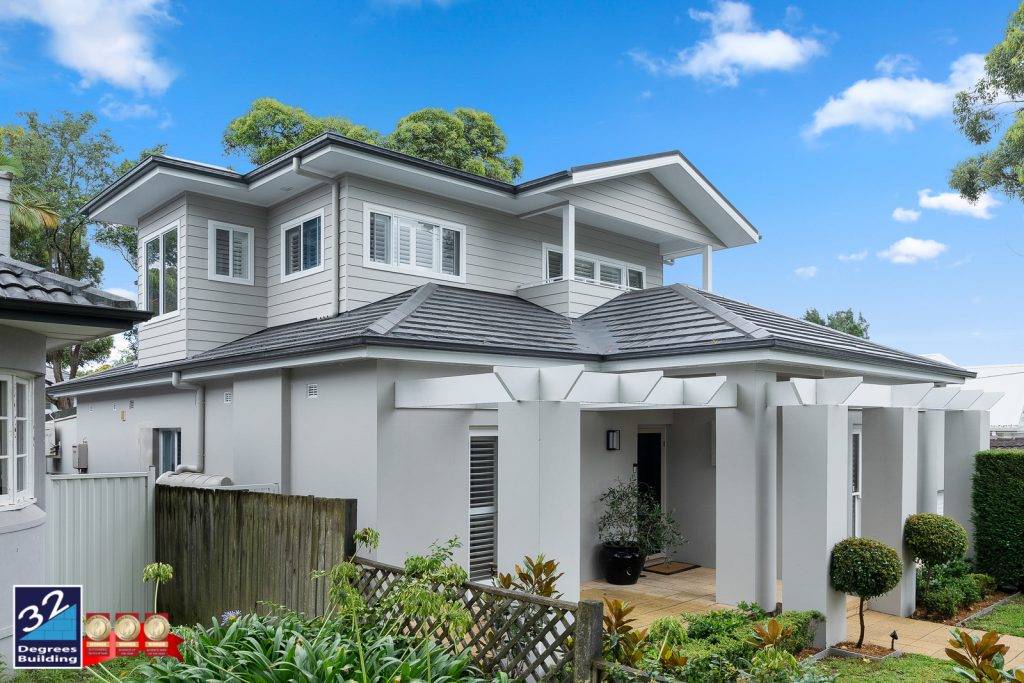
We are the experts in Second Storey Additions, Ground Floor Extensions, and Large Scale Renovations. We understand the unique challenges that these projects can present, and we have the skills and expertise to ensure that the end result is exactly what our clients envision. We are committed to delivering a stress-free and successful project from the initial consultation to the final handover.
At 32 Degrees Building, we are committed to excellence in everything we do. Our dedication to quality workmanship, attention to detail, and exceptional customer service set us apart from our competitors. Whether you want to add a second storey to your home, extend your ground floor, or undertake a large-scale renovation project, we are the team you can trust.
If you’re looking for a reliable and trusted builder for your next Second Storey Addition, Ground Floor Extension, or Large Scale Renovation project, look no further than 32 Degrees Building. Our well-run operations, capable management team, and solid financial strength make us the perfect choice for your project. Contact us today to learn more about our services and how we can help you achieve your building goals.
How to make your home energy efficient
Adding a second storey or ground floor extension to your home is a great way to accommodate for a growing family or to create additional living space.
Are you considering a second storey addition or ground floor extension to your home, but concerned about the impact it could have on your energy consumption? Fortunately, with today’s technology and design practices, creating an energy-efficient home is easier than ever before. In this blog post, we’ll explore some ways to make your home addition both eco-friendly and cost-effective.
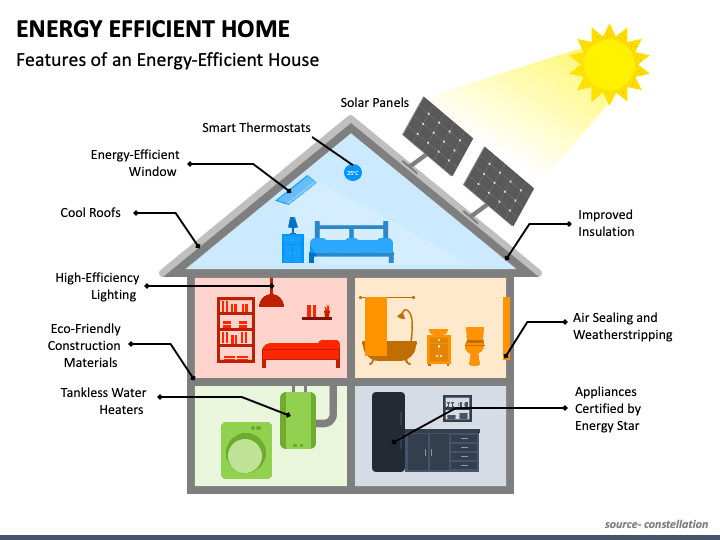
Heating and Cooling
For heating and cooling, the first thing you can do is choose a system that works with your specific needs. Options include split-system air conditioners, wall-mounted heating, and cooling units or ceiling fans. Consider natural gas, electric, solar power or hydronic heating to reduce your heating and cooling bills over time. Another way to reduce energy consumption is by using insulation, which will help to keep your home warm in the winter and cool in the summer. You can also install double-glazed or Low-E glazed windows to help prevent heat loss during colder months.
Hot Water Systems
Your hot water system is another major contributor to energy usage. Consider installing a solar hot water system to lower energy bills and reduce your carbon footprint. This system works by using solar panels to heat your water, which can then be stored in a tank for later use. An electric heat pump system is also a good option.
Lighting
Choosing the right lighting for your home will provide energy savings long-term. LED lights use far less energy and last longer than traditional halogens. They are also safe, reliable and can be used both indoors and outdoors.
Appliances and Technology
Many appliances and devices in our homes use significant amounts of electricity. Choosing energy-efficient options when shopping for new appliances like a fridge, dishwasher, washing machine or air-conditioner is a great way to reduce power usage. Even switching off appliances when not in use can make a significant difference to your energy bill.
Connected Home
A connected home is a smart home that uses technology to manage energy use. For example, you can connect your heating and cooling systems to a smart thermostat, allowing you to automate your home’s temperature settings. This means your home will always be at the perfect temperature and energy will be used efficiently as the system will learn your preferences.
Solar Panel/Photovoltaic Systems
A photovoltaic system is a type of solar panel that generates electricity when sunlight hits the panels. Once installed, you can power your home using energy from the sun, saving you money on electricity bills and reducing your environmental impact.
Batteries
Batteries are a great way to store excess energy and utilise it when needed, making your home entirely self-sufficient. Battery options like Tesla’s Powerwall allow you to store electricity generated by solar panels throughout the day for use at night when electricity prices are higher.
Rainwater
Incorporating a rainwater tank into your second storey addition or ground floor extension is an excellent way to increase your home’s energy efficiency. Instead of letting stormwater run off your roof, a rainwater tank can collect this water and store it for later use, reducing your reliance on mains water. You can then use this water for watering the garden or flushing toilets, saving you money on expensive water bills. In addition to its practical uses, using rainwater tanks is an eco-friendly solution that reduces your home’s environmental impact, making it a worthwhile investment in the long run.
Let us help you build an energy efficient Addition or Extension
Making your Second Storey Addition or Ground Floor Extension energy efficient can help reduce your environmental impact and save you money on energy bills. With a range of options available, from insulation and efficient lighting to renewable energy systems, there’s never been a better time to create an eco-friendly home addition or extension. No matter what your budget or needs, there are measures you can take to create a home that is sustainable, comfortable and cost-effective.
At 32 Degrees Building, we can help you along the journey toward an energy-efficient home addition or extension.
Feel free to contact us to learn more!
Have you got what it takes?
With Australian borders now open and immigration accepting overseas workers again, there is no better time than now for skilled overseas trades to start applying for work in Australia.
At present, there is a skilled labour shortage across the construction industry in Australia with many companies seeking multiple trades to show up and put their hard-earned skills to use.
At 32 Degrees Building, we employ our team of trades. For us, this means that we are limiting the use of subcontractors so we can manage the quality of the work we are delivering to our clients and to avoid delays in our timelines. For our employees, this ensures they have guaranteed permanent ongoing work, weekly pay and leave entitlements.
What does it take to secure a position with our team?
– A good attitude – you must want to work
– A desire to learn and develop your skills to ensure quality outcomes
– It is essential that you arrive on time, and leave on time – pretty easy right! AND as a reward, you get an early finish on Friday’s as a bonus for your commitment and productivity achievements during the week
– For those that want it, we also offer future career growth opportunities
– You must have your own transport, we will provide your uniform
– We support skilled migration and 482 skilled Employer sponsorship.
We are currently looking to expand our divisions, and we have plenty of job opportunities available. Think you’ve got what it takes?
Click here for more information and to Apply Now
Overseas Skilled Workers
We are an approved company for overseas migrants who are seeking a 482 visa.
Let us accelerate your migration journey to Australia faster, quicker, and smoother!
See you down under!

Sydney is a wonderful place to live, but it can also be challenging when it comes to living arrangements. As property prices continue to soar, many families are finding it difficult to find affordable homes that fit their needs. Multi-generational families living together has become more common, particularly around the inner city suburbs, where there is a high demand for living space. However, with the increase in demand comes an equally high cost, which means that many families are turning to alternative solutions like home renovations, particularly second storey additions.
Adding a second storey addition to your home is more than just a way to gain extra living space; it’s an investment in your future. Many people assume that purchasing another property is a better investment, but this is not always the case. When you take into account the cost of purchasing and maintaining another property, along with the legal fees and taxes associated with buying and selling properties, the investment may not be worth it.
On the other hand, building a second storey addition is a better financial decision that has many benefits. Firstly, building a second storey addition on your home adds significant value to your existing property. Secondly, your home will have more space to accommodate your entire family, giving everyone room to spread out and enjoy different aspects of the house. Multi-generational living is becoming more acceptable and popular, particularly in the larger cities where real estate prices remain high, and families want to stay close to each other.
As a homeowner, choosing to build a second storey addition gives you the flexibility to create a design that suits your needs. Whether you need an additional bedroom, a home office, or a second lounge area, you can work with a professional builder who can create a custom design according to your requirements. With a bespoke design, you can ensure that your new space will be both functional and aesthetically pleasing.
Another advantage of building a second storey addition is that it is less disruptive than moving. Moving your entire family to a new home can be challenging and expensive, particularly when you consider the cost of moving fees, furniture removals, and utility connections. Building a second storey addition, on the other hand, requires minimal disruption to your lifestyle. You can continue to live in your home throughout the building process, ensuring that your children can maintain their routines and attend their regular schools.
Multi-generational families living together in Sydney are a growing trend, and building a second storey addition on your existing home is an excellent investment option. It’s cheaper than buying another property, gives you extra living space, adds value to your home and allows your family to stay close to each other.
If you are considering building a second storey addition for your multi-generational family, it is important to work with a reputable company like 32 Degrees Building. We have a proven track record of delivering high-quality, customised solutions for families in Sydney, and can help you achieve your goals while staying within your budget. With their expertise and experience, you can create a beautiful and functional home that supports your family’s unique needs.